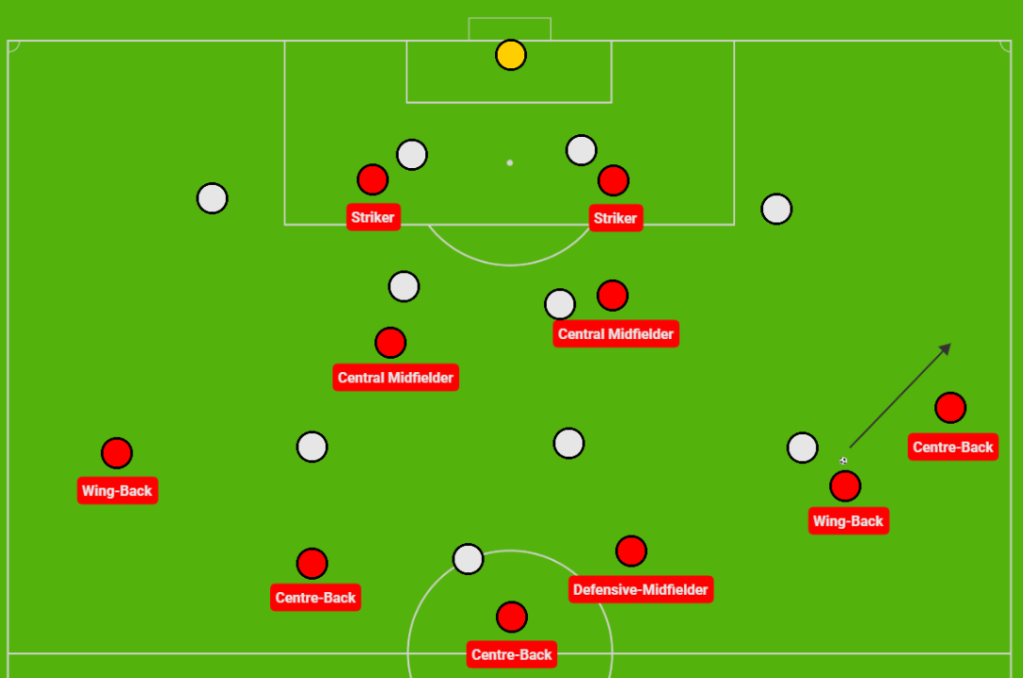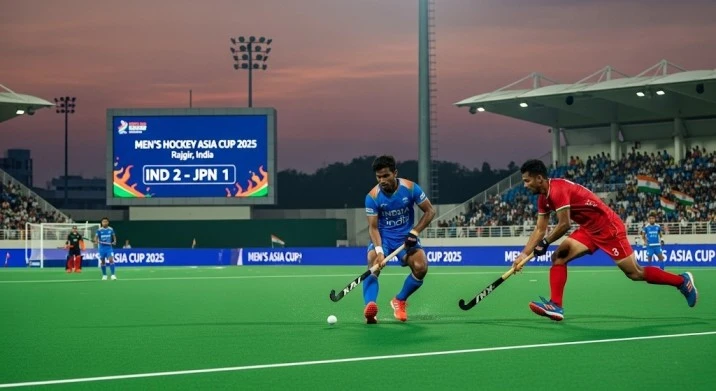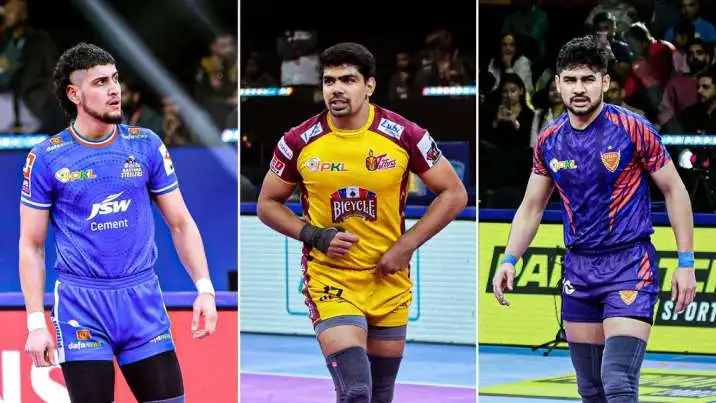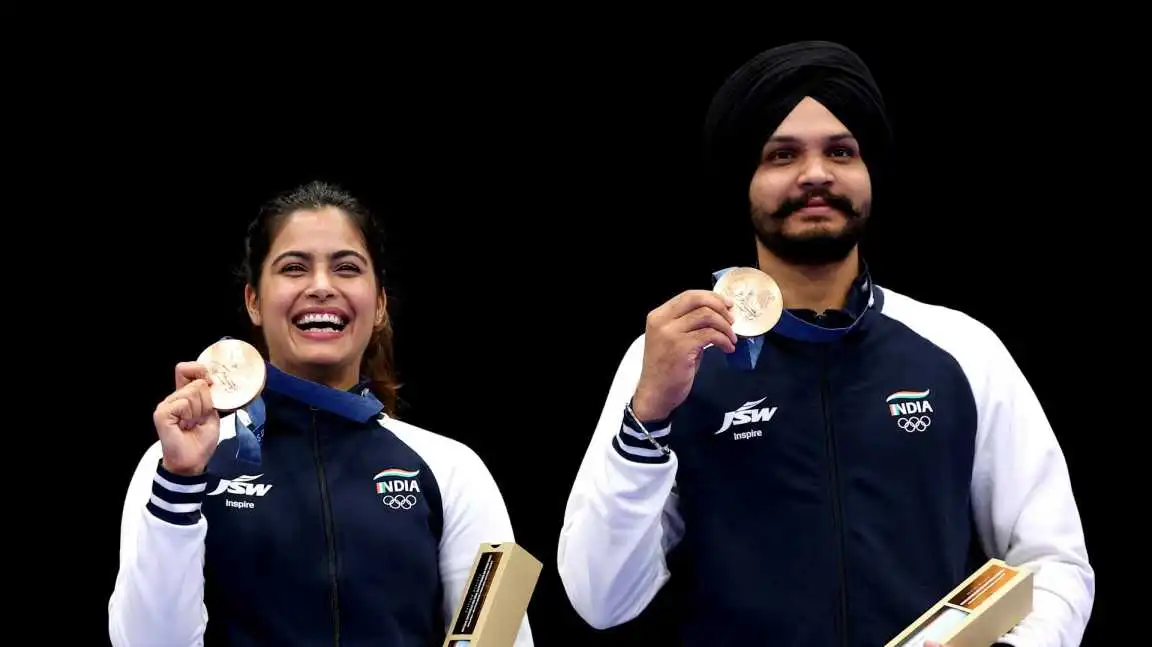Sport in no way stands still for long. The game of soccer is constantly evolving, as coaches, tacticians, and gamers searching for to discover new methods to benefit an facet over their rivals. One of the key areas in which soccer teams look to gain advantages is by way of trying out new formations and tactical structures.
Soccer formations can range hugely; shapes along with four-4-2 or four-5-1 are built on a sturdy, compact returned line, whilst other formations like 3-4-three can provide more various attacking possibilities. One element connects each of those formations: they require gamers to have a strong understanding of the exceptional football positions on a pitch.
Understanding Soccer Positions and Their Roles
Soccer is a beautiful game—fast-paced, strategic, and globally adored. While it may look like 22 players chasing a ball, each player has a specific position and role that contributes to the team’s success.

Understanding soccer positions is crucial for anyone looking to enjoy, play, or analyze the game more deeply.In this blog post, we’ll break down the key soccer positions, their roles, and how they work together to form a cohesive team on the pitch.
Overview: The Formation and Team Structure
A soccer team typically consists of11 players:
-
1 Goalkeeper
-
10 Outfield Players, divided into:
-
Defenders
-
Midfielders
-
Forwards
-
The way players are positioned is called aformation. Common formations include4-4-2,4-3-3, and3-5-2, each with its tactical strengths and weaknesses. However, the core roles within these formations remain largely the same.
1. The Goalkeeper (GK)
Role:
-
Thelast line of defense, and theonly player allowed to use their hands(within their own penalty area).
-
Responsible forstopping shots,organizing the defense, anddistributing the ballafter gaining possession.
Key Skills:
-
Shot-stopping
-
Positioning
-
Communication
-
Reflexes
-
Ball distribution (kicking and throwing)
Fun Fact:
Goalkeepers often wear a different-colored jersey and are known for their leadership and bravery.
2. Defenders: Protecting the Goal
Defenders are tasked withstopping the opposition from scoringandstarting the build-up playfrom the back.
A. Center-Backs (CB)
Also known ascentral defenders, they play in the heart of the defense.
Role:
-
Mark strikers
-
Block shots
-
Clear balls from the penalty area
-
Win headers during aerial duels
Skills:
-
Strength
-
Tackling
-
Heading
-
Game reading
B. Full-Backs (Right-Back [RB] and Left-Back [LB])
Role:
-
Defend against opposing wingers
-
Support the attack by overlapping and delivering crosses
Skills:
-
Speed
-
Stamina
-
Tackling
-
Crossing
C. Wing-Backs (RWB/LWB)
Used in formations with three central defenders (e.g., 3-5-2). A more attacking version of full-backs.
Role:
-
Operate up and down the flanks
-
Act as both defenders and wingers
Skills:
-
Incredible stamina
-
Crossing
-
Tactical awareness
3. Midfielders: The Engine Room

Midfielders link the defense and the attack. They often control thetempo,possession, anddistributionof the game.
A. Defensive Midfielder (CDM)
Also called theholding midfielder.
Role:
-
Shield the backline
-
Break up attacks
-
Distribute the ball to attacking players
Skills:
-
Tackling
-
Interceptions
-
Passing
-
Positioning
B. Central Midfielder (CM)
Often considered the mostversatilerole in soccer.
Role:
-
Keep possession
-
Transition the ball from defense to attack
-
Contribute to both defense and offense
Skills:
-
Passing range
-
Ball control
-
Vision
-
Stamina
C. Attacking Midfielder (CAM)
Often thecreative forceof the team.
Role:
-
Create scoring opportunities
-
Link up with forwards
-
Occasionally score goals
Skills:
-
Dribbling
-
Creativity
-
Key passes
-
Shooting
4. Forwards: The Goal Scorers
Forwards are primarily responsible forscoring goalsandcreating chancesin the attacking third.
A. Wingers (RW/LW)
Play on the right or left flank and are often the fastest players on the team.
Role:
-
Stretch the defense wide
-
Deliver crosses
-
Cut inside to shoot
Skills:
-
Speed
-
Dribbling
-
Crossing
-
Finishing
B. Striker (ST) or Center Forward (CF)
Themain goal threat.
Role:
-
Score goals
-
Hold up play
-
Link with midfielders
-
Press the opposition’s defense
Skills:
-
Finishing
-
Positioning
-
Strength
-
Heading
C. Second Striker / False 9
A hybrid between a forward and attacking midfielder.
Role:
-
Drop deep to collect the ball
-
Confuse defenders
-
Create space for wingers or midfielders
Skills:
-
Technical ability
-
Intelligence
-
Link-up play
Soccer Formations and How Positions Fit
Formations determine how players are distributed on the pitch. Here are three popular setups:
4-4-2 Formation
-
4 Defenders, 4 Midfielders, 2 Forwards
-
Balanced and easy for beginners to understand
4-3-3 Formation
-
4 Defenders, 3 Midfielders, 3 Forwards
-
Offers strong wing play and a dynamic midfield
3-5-2 Formation
-
3 Defenders, 5 Midfielders (including wing-backs), 2 Forwards
-
Allows midfield dominance and flexibility
Each formation plays to different strengths—possession, counter-attacking, or defensive solidity—and affects how each position performs.
Choosing the Right Position for You
If you're new to playing soccer, here's a quick guide to help you choose a position that suits your strengths:
| Strength | Best Position |
|---|---|
| Quick reflexes, leadership | Goalkeeper |
| Physical strength, discipline | Center-Back |
| Speed and stamina | Full-Back or Winger |
| Tactical awareness, passing | Midfielder |
| Creativity, flair | Attacking Midfielder or Winger |
| Finishing ability | Striker or Forward |
Try different roles in practice to find where you shine.
Why Team Roles Matter
Soccer is ateam sport. No single player can dominate without the help of others fulfilling their roles effectively. Understanding each position helps players support each other better and makes watching the game more enjoyable for fans.
Great Teams Have:
-
A strong goalkeeper to organize the defense
-
Reliable defenders to stop attacks
-
Smart midfielders to control possession
-
Dangerous forwards to finish chances
When each player knows and embraces their role, the team becomes greater than the sum of its parts.
Final Thoughts
Understanding soccer positions and their roles opens up a whole new layer of appreciation for the game. Whether you're a player aiming to improve or a fan looking to deepen your knowledge, knowing what each position brings to the table will transform how you experience every match.
Next time you watch a game, notice how the players move, communicate, and support each other—it’s a strategic dance built on trust, skill, and positioning.








